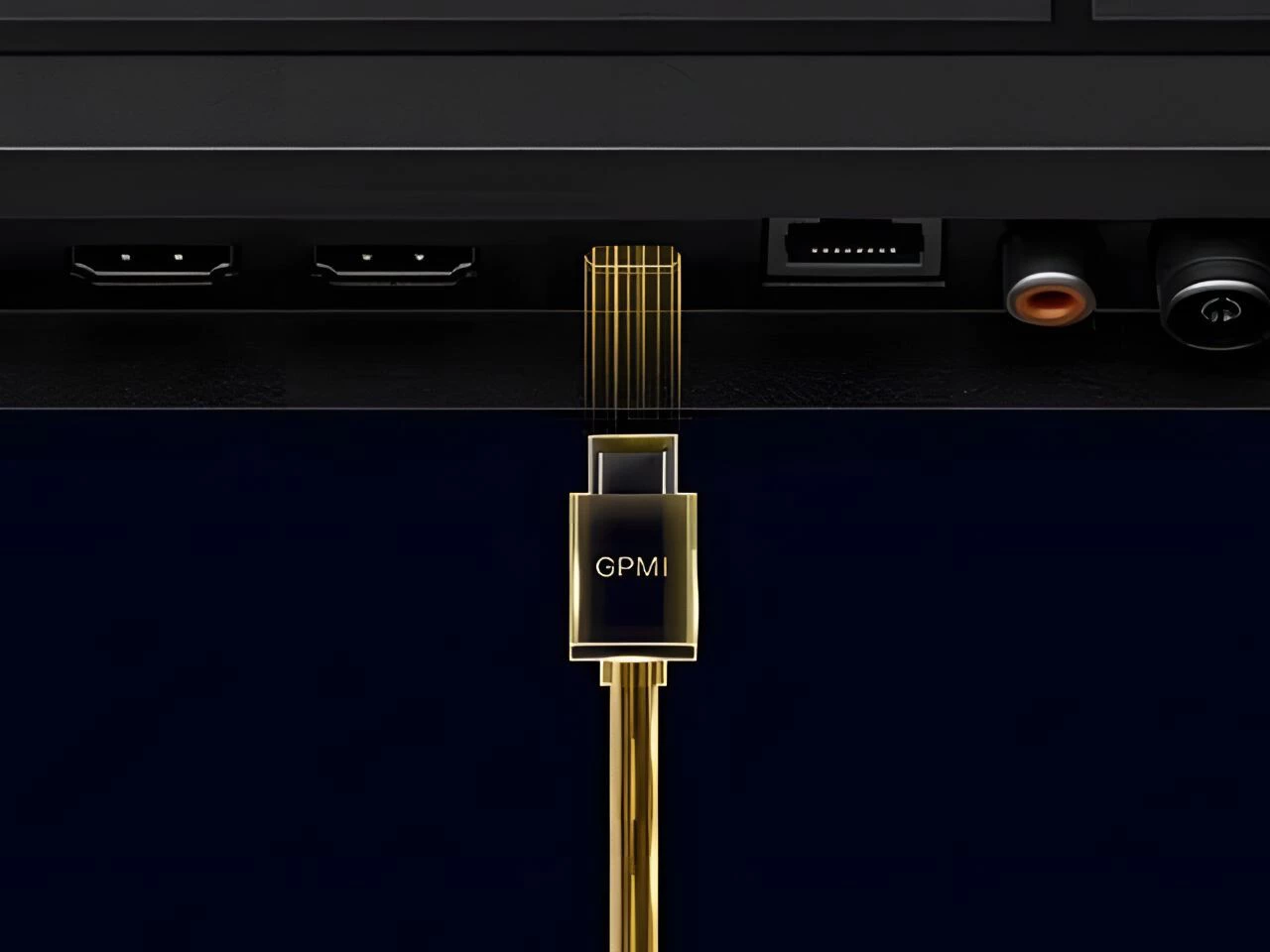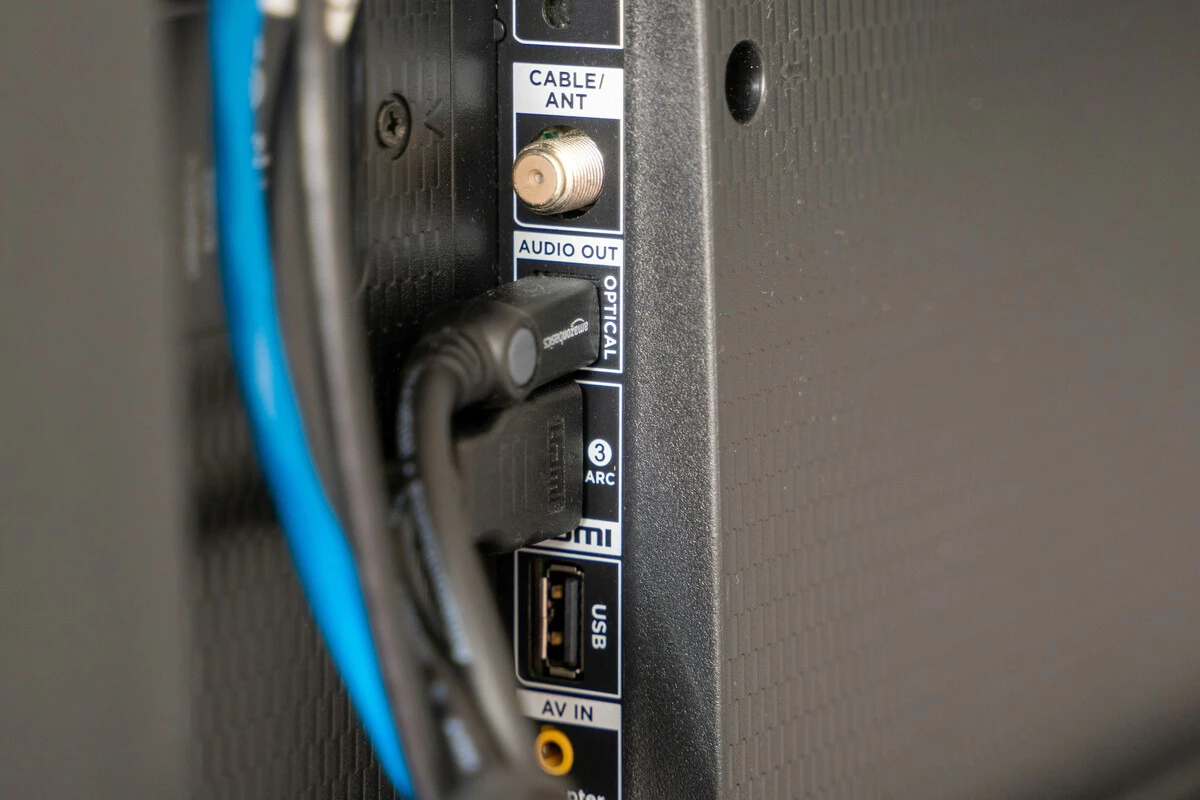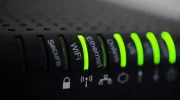China has shown an innovative alternative to the use of HDMI or DisplayPort cables. More than 50 Chinese companies, grouped in the Shenzhen 8K Ultra HD Video Industry Collaboration alliance, have developed and officially presented GPMI (General Purpose Media Interface).
This standard promises to revolutionise the connection of multimedia devices by combining high speed signal transmission and power in a single cable. Below we tell you all the details.
An all-in-one solution that offers image, sound, network connection and power supply

One of the main problems with current devices is the need to use multiple cables: one for image and sound transmission, another for power supply and, in some cases, additional cables for network connectivity. GPMI was created as a solution to this problem, offering an all-in-one connection that reduces the complexity of cabling without sacrificing performance.
This new standard not only transmits video and audio signals, but also integrates power supply and control functions, even allowing devices such as decoders to be controlled from the TV remote control.
Two versions of GPMI: Type-B and Type-C

To adapt to different needs, the GPMI standard will be available in two versions:
- GPMI Type-C: Compatible with the USB Type-C interface, it allows data transmission of up to 96Gbps and a power supply capacity of 240W.
- GPMI Type-B: A standard for situations that require more demanding specifications, with a larger connector, offering 192Gbps of bandwidth and up to 480W of power supply.
Comparison with HDMI 2.1 and DisplayPort 2.1
The comparison between GPMI and the latest HDMI and DisplayPort standards looks like this:
|
standard |
Bandwidth |
power supply |
|---|---|---|
|
HDMI 2.1 TMDS |
18 Gbps |
No |
|
HDMI 2.1 FRL |
48 Gbps |
No |
|
DisplayPort 2.1 UHBR20 |
80 Gbps |
240 W |
|
GPMI Type-C |
96 Gbps |
240 W |
|
GPMI Type-B |
192 Gbps |
480 W |
As shown, GPMI far exceeds the capabilities of HDMI and DisplayPort in terms of bandwidth and power, offering a more efficient solution for future multimedia devices. However, it is still too early to jump to conclusions, so we will have to wait to see if the standard is successful and is adopted globally.
It should be noted that GPMI Type-C has already been approved by the USB Association, which guarantees its compatibility with the ecosystem of Type-C connectors. In addition, more than 50 Chinese companies, including Huawei, Skyworth, Hisense and TCL, have confirmed their commitment to adopting this standard.









